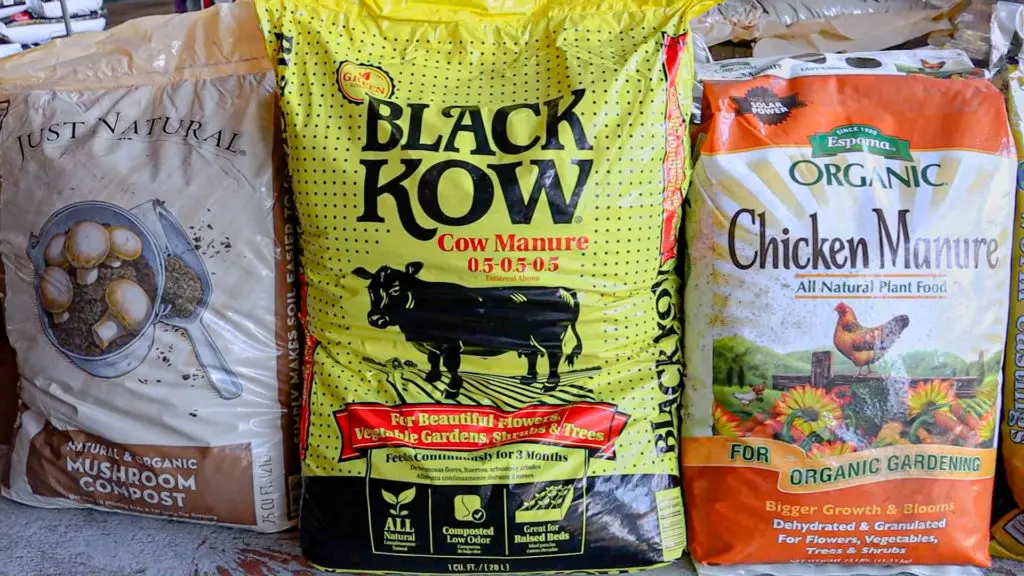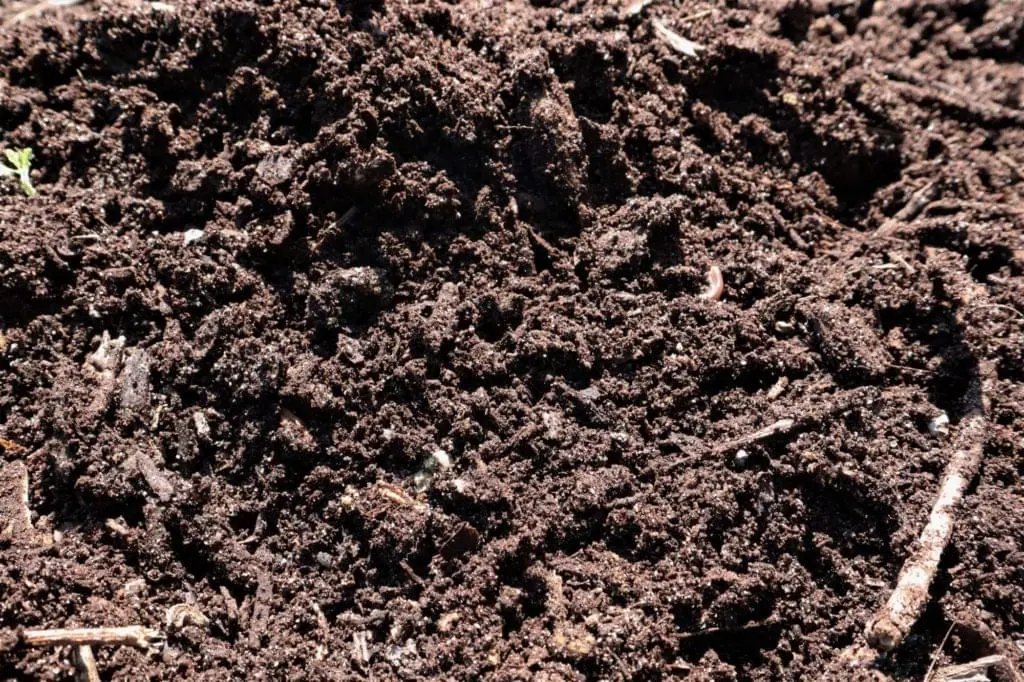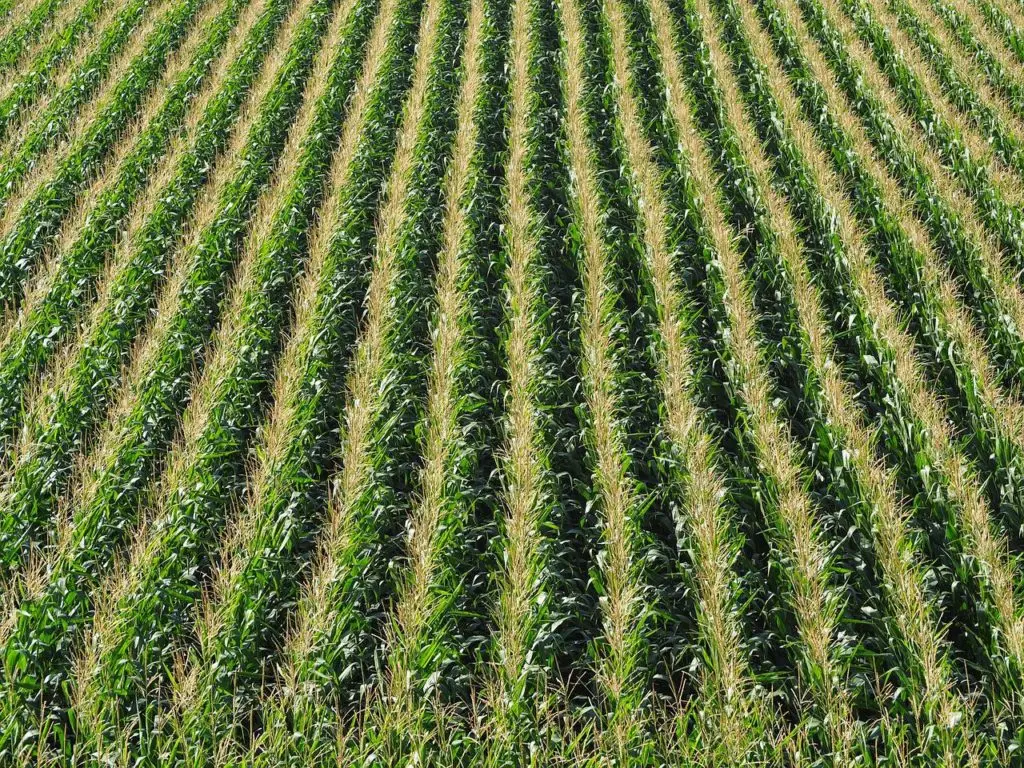by Amanda Rose Newton
Green lawns and large-scale crop production are at the heart of the American Green Industry.

While lawn care and food production may seem worlds different, both heavily rely on fertilizer to meet public demands.
Fertilizer is so commonplace now that we often do not think twice about what we are buying, why, or how it all started.
The history of fertilization, like many agrarian origins, is lengthy and full of surprises– some of which provide insight on how to make the next chapter the best one yet.
Waste Not: The Early Days of Fertilizer
Waste (as in manure) as a form of fertilizer predates our recorded history.
While that might not be surprising, the fact that there is evidence worldwide from roughly the same time period for this is quite remarkable.

Egyptians and Romans used fertilizers in early crop development, and this was in turn responsible for the initial start of centralized populations within these countries.
People go where the food is, and fertilizer played a large role in developing continuous supplies.
Bat guano use in South America, particularly within the Andes Mountains, goes back to at least the 1400s and is still used today.
Since we have no true record, we can only speculate that according to researchers, at least in Europe, farmers discovered land was naturally fertile in areas where animals were centralized.
Manure is still used, especially as a soil conditioner, with success in organic gardening. The natural high-nitrogen content and slow-release make it ideal for just about anywhere you don’t mind a little odor with your flowers.
DIY Fertilizer Takes Off in the 18th Century
Farmers in Europe started mixing up their own specialty fertilizer blends as early as the 18th century.
Gypsum and mineral use in agriculture is credited to Johann Fredrich Mayer, who is famous for many contributions to the science of farming.
At the time, farmers were not sure why minerals performed the way they did when added to the soil, they just noticed the reward it brought at the end of each harvest.

We now know that gypsum, for instance, contains high amounts of sulfur, which is an essential micronutrient needed for most crop species to thrive. Likewise, regular household ash contains potassium, which is crucial for vigor and flower production.
Other parts of the world had also picked up the trend, using meal from animal blood, bones, and feathers to put needed nitrogen back into the soil.
South Americans have been using the practice of using green manure– allowing plant matter to decompose to allow nutrients back into the soil– for centuries.
Feeding Plants to Support Modern Society
Throughout the 19th century, the pieces of the puzzle were falling into place. Books on plant nutrition were everywhere and nitrogen became the central theme of many agricultural trials.
This is around the time fertilizer first became of interest on US soil. Like most of the world, the early days of agriculture in the United States were based around manure.
The second world war changed the shape of how we fertilize in this country.
Explosive Possibilities: The Rise of Fertilizer in the US
Believe it or not, bagged fertilizer as we know it got its start in a completely different line of work: explosives.
During World War II, we had many factories producing large amounts of nitrogen to use in explosives meant for war use.
After the war’s end, we were stuck with a lot of nitrogen. What once were war explosive factories turned into plant nutrition factories, where the very same nitrogen was bagged up and sold as fertilizer.
The big four crops in the United States– corn, soy, cotton, and wheat (honorable mention goes to sugar cane)– are also the biggest users of modern fertilizer input.
Nitrogen created an explosion in a different sense, with the production of the big four multiplying rapidly in the years to come.

The use of NPK, the three letters we have come to know with fond familiarity on each fertilizer bag, gained popularity in the 1960s as we learned the benefits of using nutrients in tandem. As a result, the highest on record jump in nitrogen use happened during that decade.
By decade’s end, the number just continued to climb and the World Food and Agriculture Organization (FAO) shared that we went from using an application rate of 46 pounds per acre in the ‘60s to 146 pounds per acre in 2004.
The big four account for 60 percent of all fertilizer use, with the majority happening out in the Midwest.
Fertilizing the Future
Fertilizer use has decreased from the before mentioned 146 pounds to 130-ish pounds according to recent statistics.
Why are we starting to use less?
We are on the cusp of an exciting (at least to some of us) turn in the food-growing world.
Food security is a concern, even in the US, costs are rising, and big monoculture is losing its luster.

Organic farming is gaining steam and with it, manure is once again causing a stink in the best possible way.
Regenerative Agriculture is a growing trend that relies heavily on revitalizing land with fewer inputs and offers great potential, whether you have a whole farm or a backyard lawn to grow.
Next week we will tackle this growing field and offer tips for how you can implement some of these practices and rely a little bit less on synthetic inputs and spend more time enjoying the outputs.
References:
FAO. 2019. World fertilizer trends and outlook to 2022. Rome.
Researchers Discover First Use of Fertilizer. https://www.science.org/content/article/researchers-discover-first-use-fertilizer.


